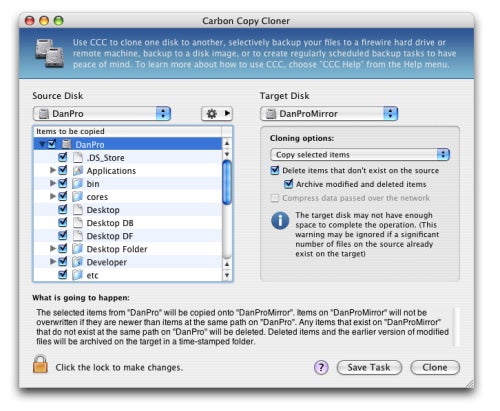
See it as an insurance policy as you can use this installer to startup and repair (or at least rescue data) from a sick Mac. Making it is a complex process – take it slowly and follow these clear instructions – however, it doing so is well worth the effort.

And put the drive in a draw while hoping they don’t need to see it again until they need to add another OS X installer version to that drive. On that drive they should create a bootable OS X installer drive for OS X. A bootable driveĮvery Mac user should invest in a high-capacity USB 3.0 flash drive. Don’t stay there for hours, if this doesn’t happen within a few minutes it’s reasonable to assume it won’t work. Keep those keys depressed until you see a globe symbol and progress bar appear. Restart your Mac and hold Option-Command-R when the start up chime chimes. The sequence is similar to the way you usually access Recovery, with the addition of the Option key. If you can get your Mac online you can try Internet Recovery, though this requires you to download a hefty chunk of data and takes time. (For an idea of what these applications can do, read this excellent article which remains relevant to OS X El Capitan). Among other things they can create a complete copy (Disk Image) of your Mac, restore that image once you’ve repaired your Mac, and let you startup from the external drive the backups are stored on.
#Carbon copy cloner for mac 10.6.8 software#
#Carbon copy cloner for mac 10.6.8 how to#
This is how to use your Time Machine backup to access Recovery Mode:

This may sometimes be the only way to get to fix (or at least rescue data) from your Mac, particularly when you can’t get it online or its drive has become damaged. If you do have a connected external drive with a Time Machine backup then you can use Recovery Mode from the backup. You keep backups don’t you? You really should.


 0 kommentar(er)
0 kommentar(er)
